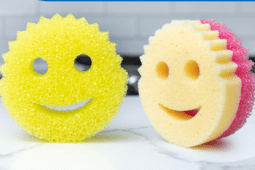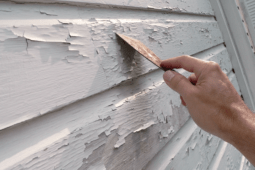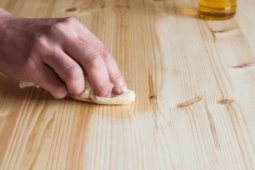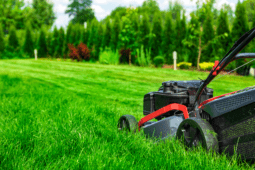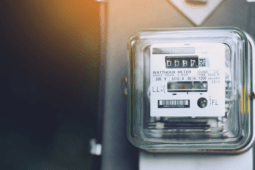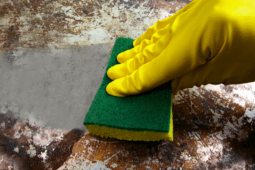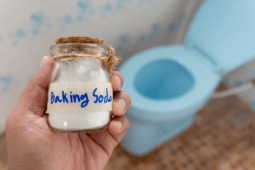Too Tired to Clean? The 20/10 Method Makes It Easy
Cleaning the house can often feel like a daunting task, especially after a long, exhausting day. When you’re too tired to do a full cleaning session, it’s easy to put it off and let the mess pile up. But what if there was a way to make cleaning manageable, even on the days when you have zero energy? Enter the 20/10 method. This simple yet effective technique breaks cleaning into short, focused bursts that allow you to get the job done without feeling overwhelmed.
In this article, we’ll explain how the 20/10 method works, why it’s perfect for when you’re too tired to clean, and how to incorporate it into your routine for a cleaner home with minimal effort.
What is the 20/10 Method?
The 20/10 method is a time-management strategy that involves working in short, focused intervals. You clean for 20 minutes, then take a 10-minute break. This cycle helps prevent burnout and keeps you from feeling overwhelmed by long cleaning sessions. It’s a simple concept that allows you to stay productive without overexerting yourself, making it ideal for when you’re feeling too tired or unmotivated to tackle an entire house-cleaning session.
The key to this method is the balance between work and rest. You don’t have to spend hours scrubbing or tidying up all at once. By breaking your cleaning into manageable chunks, you’re more likely to stay focused and finish the task without getting too fatigued. Whether you’re cleaning a single room or tackling your entire home, the 20/10 method makes it easy to see progress without exhausting yourself.
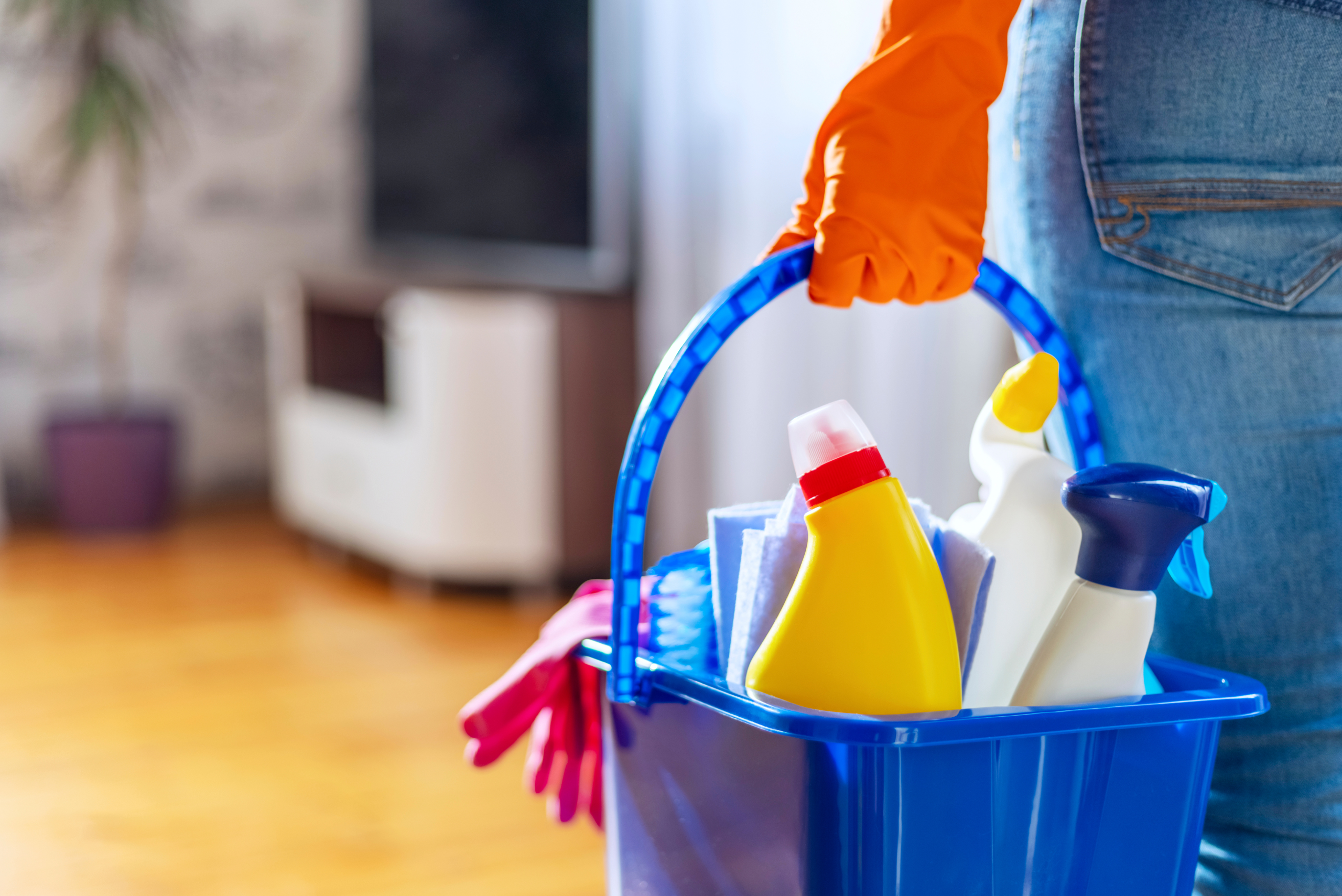
Why It Works When You’re Tired
The 20/10 method works wonders when you’re tired because it prevents you from feeling overwhelmed. Cleaning an entire house can seem like an insurmountable task, especially when you’re already feeling drained. But by splitting the work into bite-sized chunks, you can focus on small areas at a time. The 20-minute work intervals help you stay on track and make cleaning feel more achievable, while the 10-minute breaks give you time to recharge.
Additionally, knowing that a break is just around the corner can provide a sense of relief and motivation to keep going. This approach minimizes the mental resistance to cleaning, which is often the biggest hurdle when you’re exhausted. Instead of thinking about how much more you have to do, you’re only focusing on the next 20 minutes, and that feels much more doable.
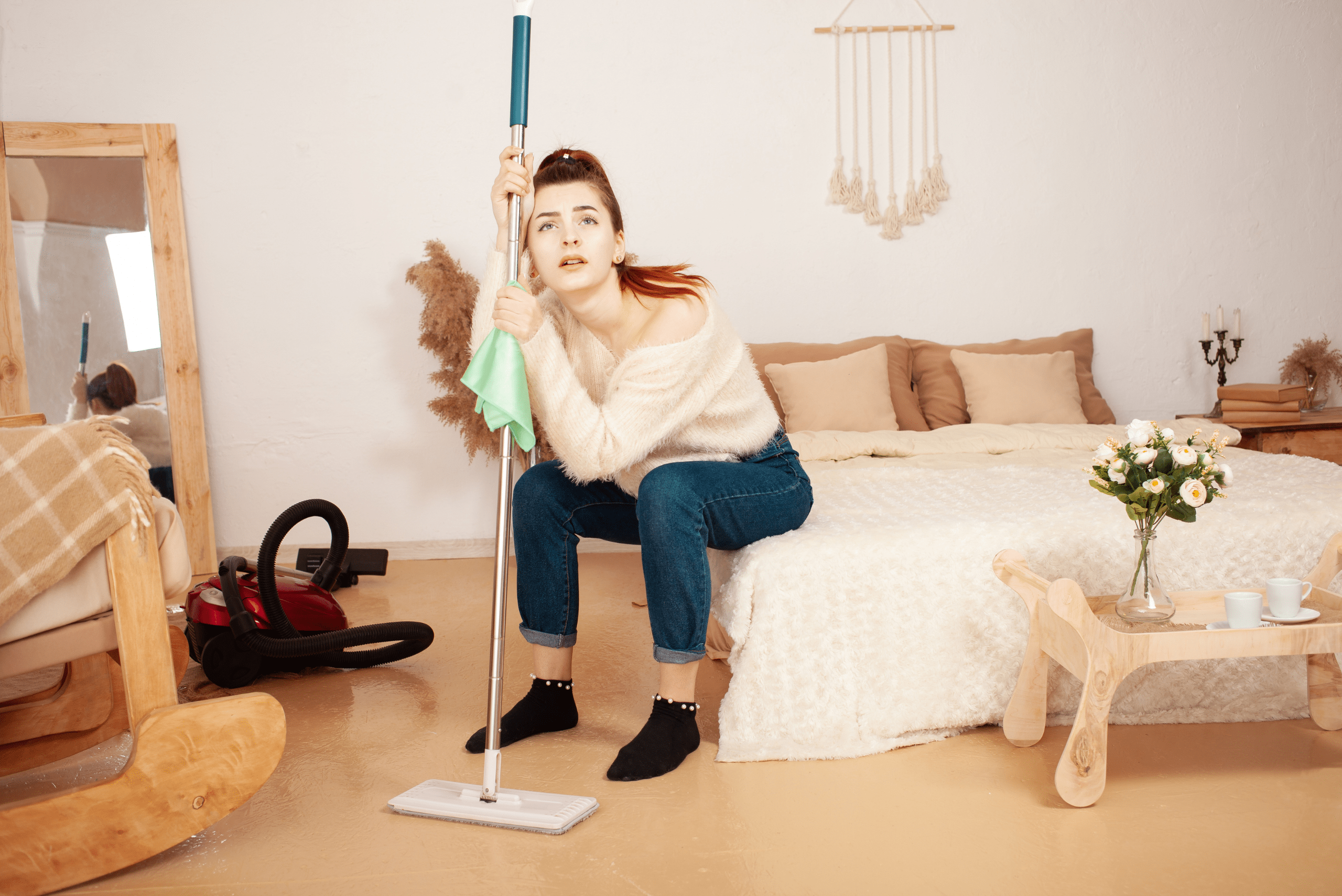
How to Implement the 20/10 Method in Your Routine
Implementing the 20/10 method is simple, but it’s all about setting clear intentions and sticking to the timer. Start by choosing an area to clean, whether it’s a single room or a specific task like the kitchen counters. Set a timer for 20 minutes and start cleaning. The goal is to work efficiently and focus on one task at a time, whether it’s dusting, vacuuming, or wiping surfaces. If you’re too tired to do a deep clean, focus on tidying up or clearing clutter.
Once the timer goes off, take a 10-minute break. During your break, step away from the cleaning area, stretch, hydrate, or do something relaxing to recharge. This gives you a mental break and helps prevent burnout. After the break, reset the timer for another 20 minutes and continue cleaning. By sticking to this cycle, you can clean the whole house or at least make noticeable progress without feeling like you’ve overexerted yourself.
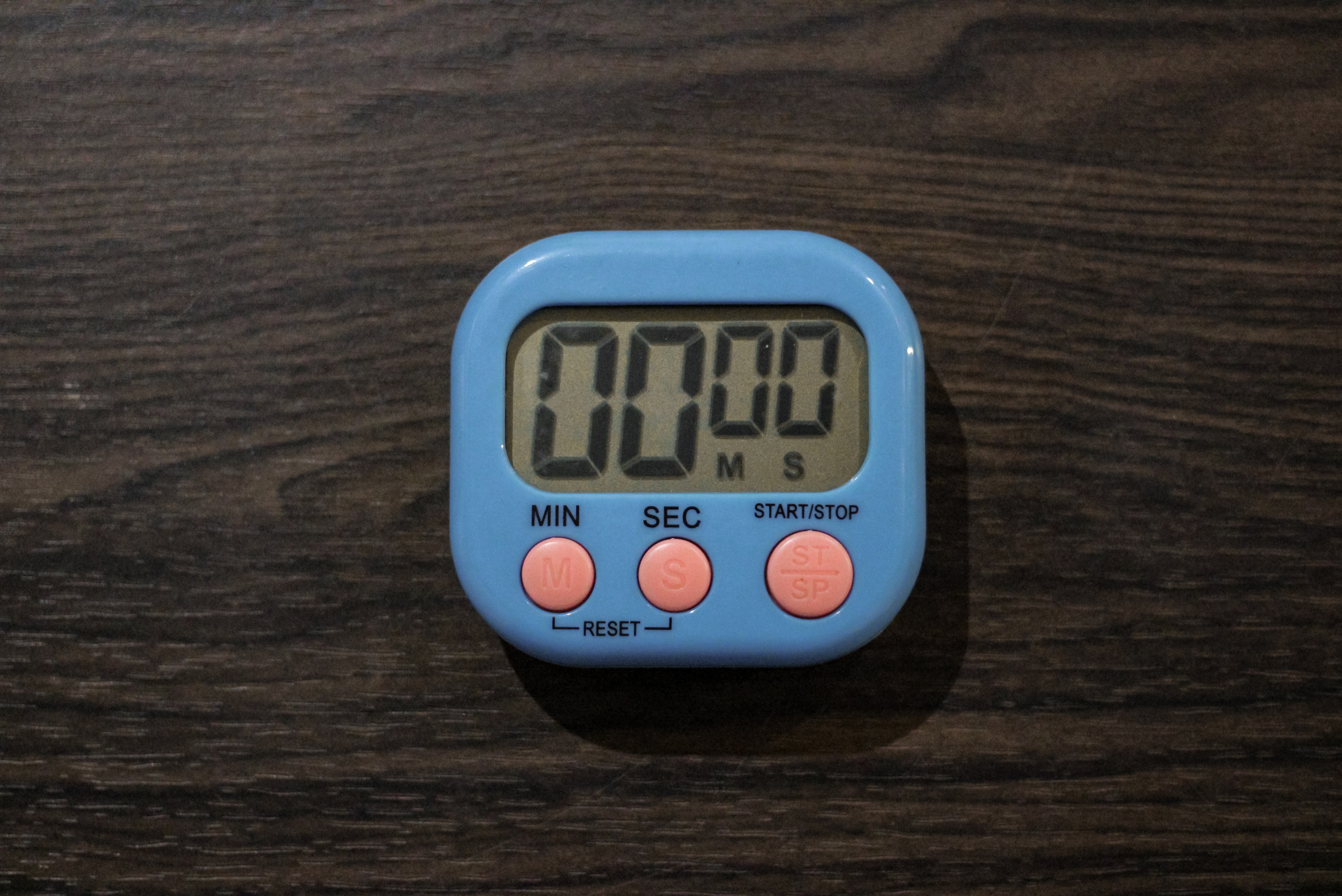
The Benefits of Short Bursts of Cleaning
One of the biggest benefits of the 20/10 method is that it allows you to clean without putting too much strain on your body or mind. The short bursts of cleaning help you maintain focus without getting bored or tired. Plus, the 10-minute breaks allow you to rest and recover, making it easier to get back to work with renewed energy.
Another benefit is that it’s easier to stay on track. When you commit to cleaning for just 20 minutes, you’re less likely to procrastinate. You know you won’t be cleaning for hours on end, so it feels like a manageable commitment. And when you see the progress after each session, you’re more motivated to continue and keep going. This makes the 20/10 method a great tool for staying consistent with cleaning, even when you’re running low on energy.
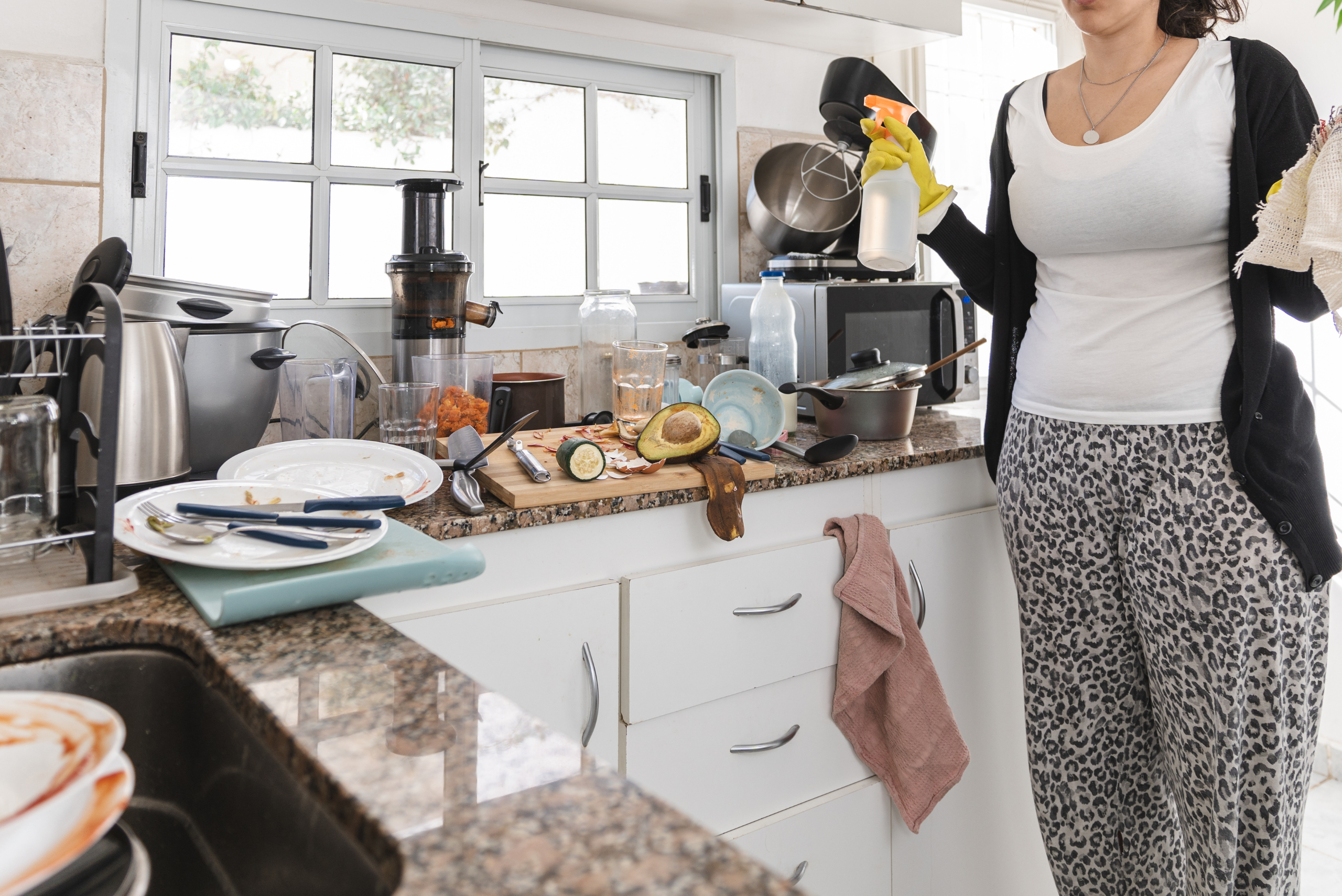
Tips for Maximizing the 20/10 Method
To get the most out of the 20/10 method, there are a few tips to keep in mind. First, plan ahead and choose specific tasks or areas to focus on during each 20-minute session. This helps you stay on track and ensures that you’re working efficiently. If you’re cleaning multiple rooms, you can rotate between different areas, so you’re not spending too much time in one spot.
Another helpful tip is to keep cleaning supplies easily accessible. When you have everything you need on hand, you can quickly jump into the next 20-minute session without wasting time searching for supplies. Additionally, try to start your cleaning session as soon as possible after you’ve set the timer so you’re less likely to procrastinate.
If you find that 20 minutes feels too long, you can adjust the intervals. Some people find that 15 minutes of work followed by 5-minute breaks works better for them. The key is to find a rhythm that suits your energy levels while still allowing you to make progress.
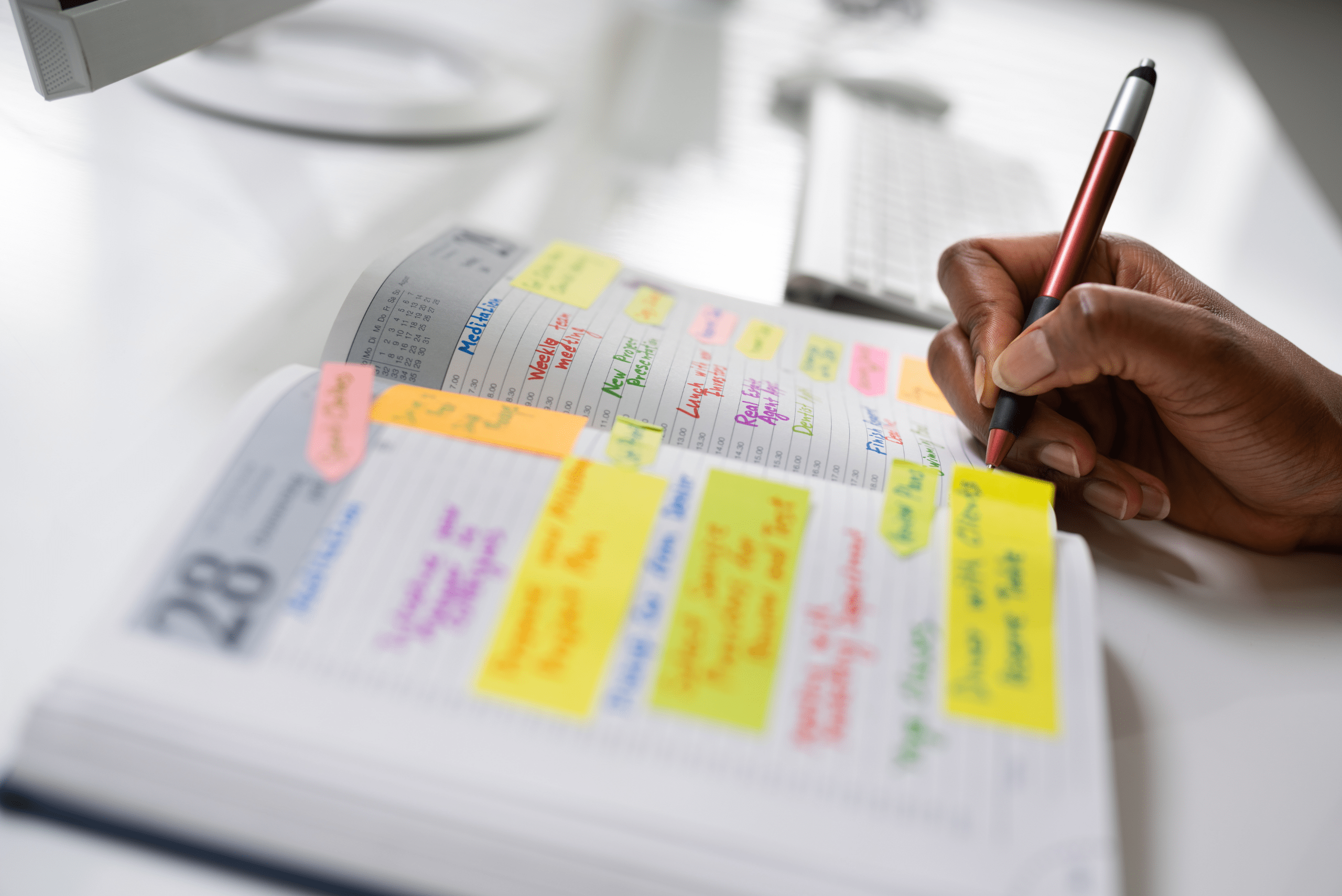
Related Articles
- How to Use Vinegar to Clean Floors the Right Way
- The One Spot You’re Forgetting to Clean (And It’s Making You Sick)
- How to Clean Window Screens Without Removing Them
If you’re too tired to clean but want a tidy home, the 20/10 method is your answer. This simple technique breaks cleaning into short, focused intervals that make the task feel less overwhelming. By alternating between 20 minutes of cleaning and 10 minutes of rest, you can clean efficiently without exhausting yourself. Whether you’re dealing with a cluttered room or a full house, the 20/10 method makes it easy to stay on top of household chores, even when your energy is running low. So, next time you’re feeling too tired to clean, give this method a try. You’ll be surprised at how much you can accomplish with just a little effort and a lot of breaks!

